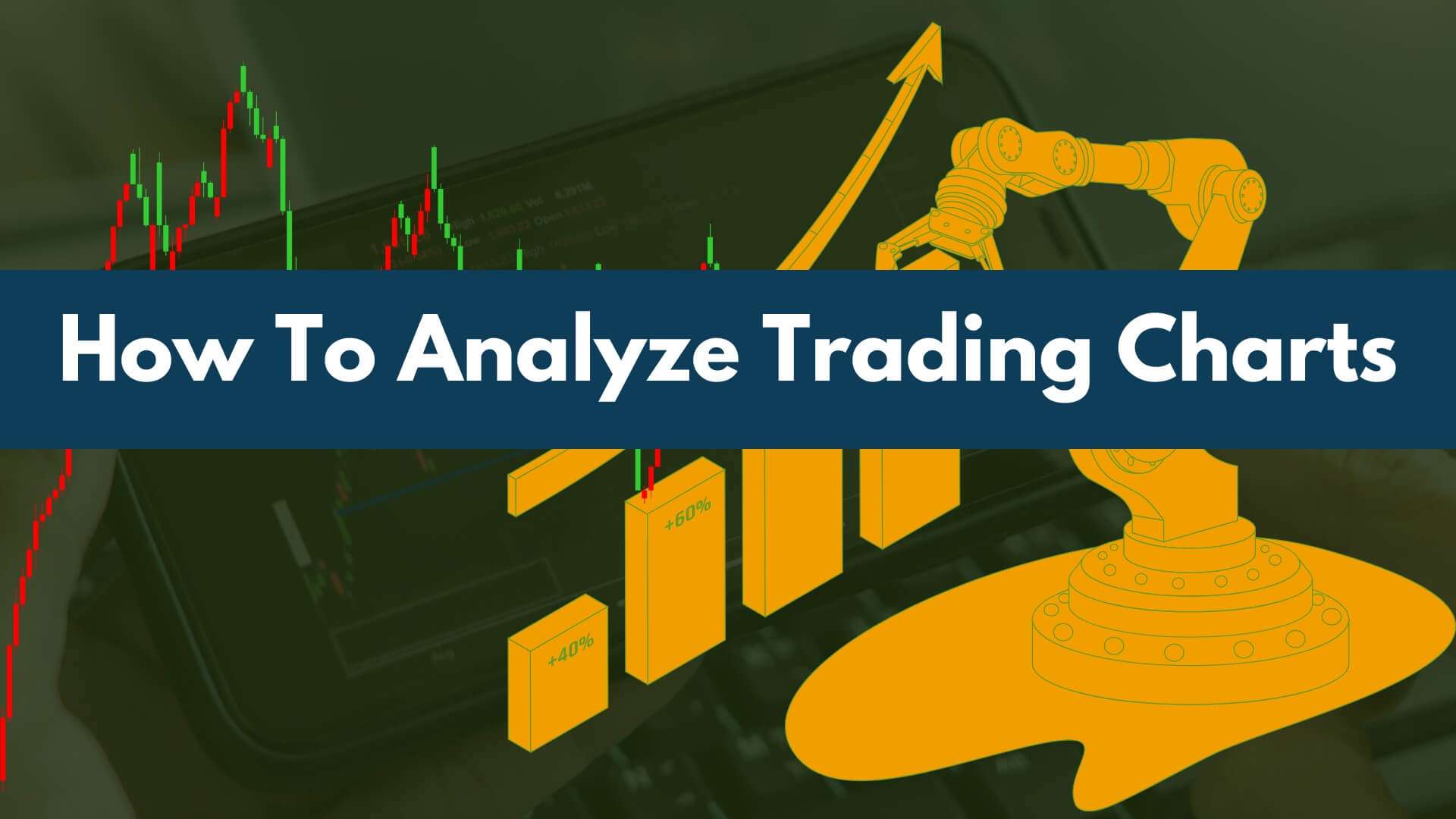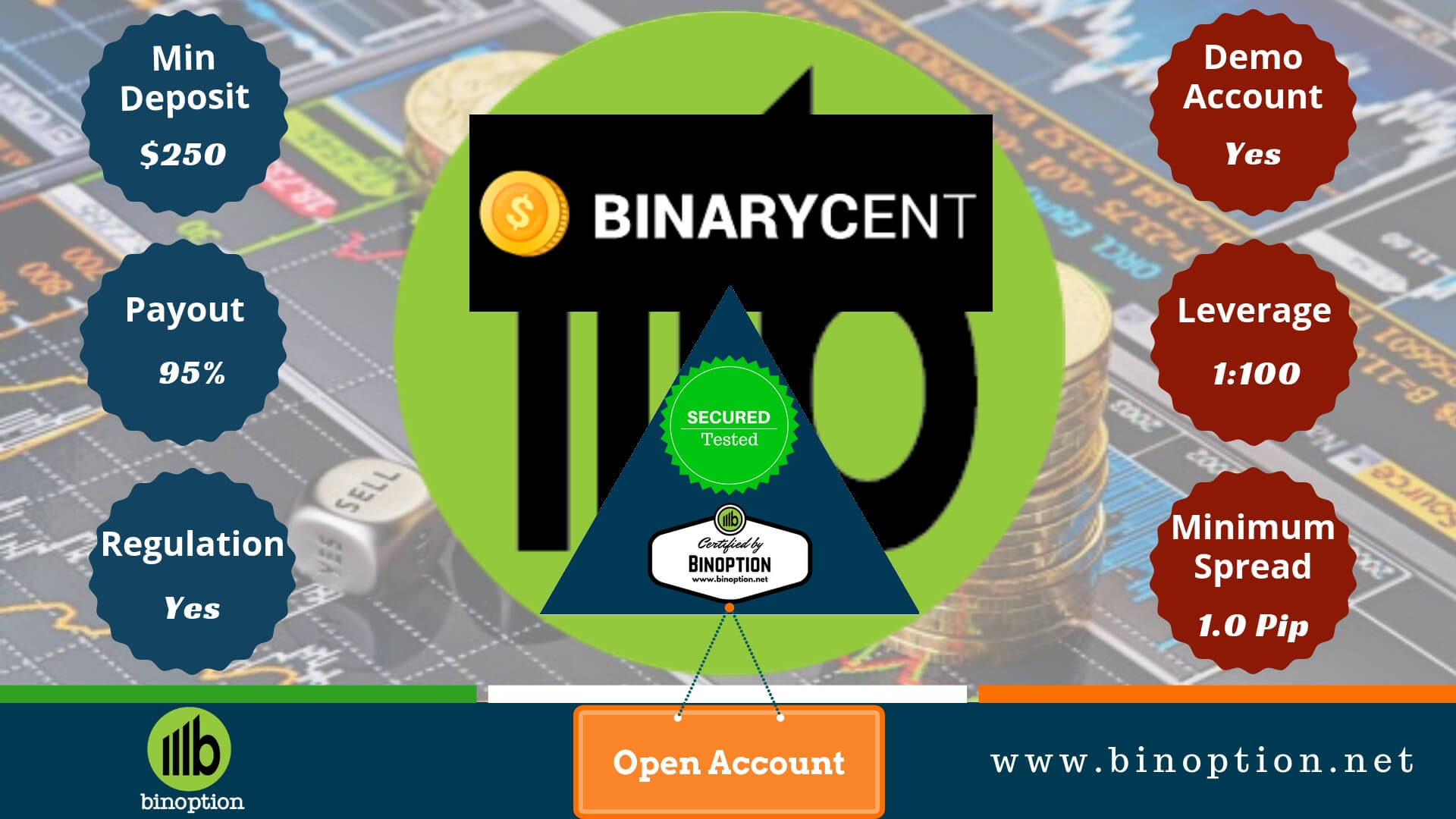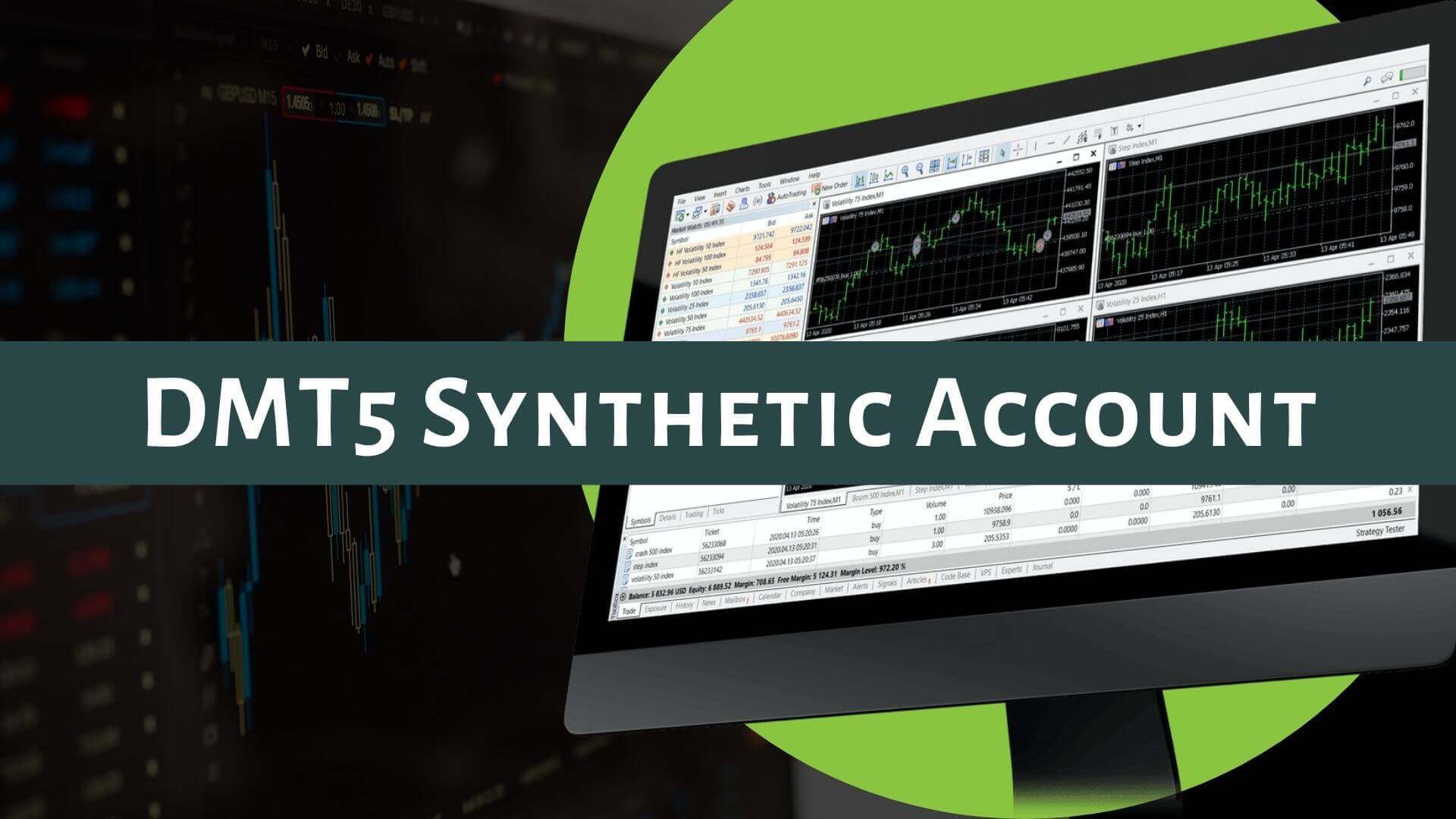How To Analyze Binary Options Trading Charts - Free Guide For Beginners
By understanding how to analyze binary options trading charts effectively, you can gain valuable insights into market trends. It is a fundamental skill that separates successful traders from the rest.
In this guide, we will provide you with valuable insights and techniques to help you navigate through the process of analyzing binary options trading charts.
We will explore different chart types, such as line charts, bar charts, and candlestick charts, and explain how to leverage various technical indicators to enhance your analysis.
Additionally, we will explore how to incorporate fundamental factors, such as economic events and news releases, into your analysis.
How To Analyze Binary Options Trading Charts
By following a systematic process and utilizing various tools and indicators, you can develop the skills necessary to navigate the complex world of binary options trading successfully.
It is important to note that trading always carries an inherent risk, and no analysis or strategy can guarantee consistent profits. Risk management and emotional control are essential aspects of successful trading.
The below steps will address you the process with examples
1. Choose The Best Binary Options Broker:

Choosing the best binary options broker is a critical decision that can significantly impact your trading success. When selecting a broker, several factors should be carefully considered. Such as:
- Ensure that the broker is reputable and regulated by a recognized financial authority
- Good profit ratio or return percentage.
- Helps protect your funds and ensures fair trading practices.
- Evaluate the broker’s platform
- Analyze its user-friendliness, reliability, and availability of essential trading tools and indicators.
- Platform with advanced charting tools
- Prompt customer support services
2. Select an Asset Types:
In order to categorize your trading style, you must identify the type of trader you are. Along with your interest zone, asset selection also plays a crucial role in analyzing trading charts.
Choosing the right asset determines the characteristics of the chart, the availability of data, and the available trading opportunities.
To make your task easy, we tried to make a proper list of regulated binary options brokers who offer wide range of trading assets.
- Chart Characteristics:
Different assets exhibit varying price behaviors, volatility levels, and trading patterns. By carefully selecting assets, you can focus on those that align with your trading strategy and preferences.
Example: Let’s consider two assets: a highly volatile technology stock and a stable currency pair.
The chart of the technology stock may display sharp price swings and frequent gaps, while the currency pair chart may show smoother and more predictable movements.
Benefits: Choosing assets that match your preferred trading style allows you to better understand and interpret the chart patterns, facilitating more accurate analysis and decision-making.
- Data Availability and Reliability:
The availability and reliability of data for an asset are critical for accurate chart analysis. Ensure that the asset you choose has sufficient historical data and a reliable data source to perform comprehensive technical analysis.
Example: You want to analyze the chart of a newly listed stock. However, due to its recent listing, limited historical price data is available, making it challenging to identify meaningful patterns or trends.
Benefits: Opting for assets with extensive historical data provides a robust foundation for analysis, enabling you to make more informed trading decisions based on reliable information.
- Trading Opportunities:
Different assets offer diverse trading opportunities based on their market characteristics, liquidity, and trading volume. By selecting assets that align with your trading strategy, you can focus on markets with ample opportunities.
Example: If you prefer short-term trading and high liquidity, you may choose to analyze charts of major currency pairs or highly traded commodities. These markets tend to have active price movements and frequent trading opportunities.
Benefits: Focusing on assets with abundant trading opportunities increases the potential for finding favorable setups and executing profitable trades.
3. Plan Your Trade and Risk Management:
Based on the analysis performed, develop a trading plan that outlines your entry and exit points, risk tolerance, and position sizing. Implement risk management techniques such as setting stop-loss orders and considering risk-to-reward ratios.
Example: You decide to enter a short trade if the price breaks below the support level, with a stop-loss order placed above the recent swing high.
Benefits: Planning your trades and implementing risk management techniques promote disciplined and controlled trading, protecting your capital and maximizing potential profits.
4. Identify the Timeframe:
Determine the timeframe you want to trade on, whether it’s short-term (e.g., 5 minutes, 15 minutes) or longer-term (e.g., 1 hour, daily). Different timeframes provide different perspectives on price movements.
Example: Let’s consider analyzing a binary options chart with a 1-hour timeframe.
Benefits: Choosing an appropriate timeframe allows you to align your trading strategy with your desired trading style and goals.
5. Identify Trends and Market Conditions:
Identify the overall trend and market conditions to gauge the prevailing sentiment. This involves observing price movements and using technical indicators such as moving averages, trendlines, or trend-following oscillators.
Example: You notice an uptrend in the chart, with prices making higher highs and higher lows.
Benefits: Understanding the trend and market conditions helps you trade in the direction of the prevailing momentum, increasing the probability of successful trades.
6. Consider Fundamental Analysis:
Incorporate fundamental analysis by staying informed about relevant economic news, earnings reports, or geopolitical events that can impact the underlying asset. This information can provide valuable context to support your technical analysis.
Example: You take note of an upcoming earnings report for the company associated with the asset you’re trading.
Benefits: Integrating fundamental analysis helps you make more comprehensive and well-informed trading decisions by considering the broader market factors.
7. Analyze Support and Resistance Levels:
Identify key support and resistance levels on the chart. These levels act as barriers that can influence price movements. Look for areas where prices have historically reversed or consolidated.
Example: You identify a significant resistance level that has repeatedly halted the upward price movement.
Benefits: Analyzing support and resistance levels helps you determine potential entry and exit points for trades, as well as manage risk by setting stop-loss and take-profit levels.
8. Monitor Chart Patterns:
Look for chart patterns such as triangles, flags, double tops or bottoms, or head and shoulders formations. These patterns can offer insights into potential price reversals or continuations.
Example: You identify a double top pattern forming near the resistance level, suggesting a possible reversal.
Benefits: Recognizing chart patterns allows you to anticipate potential market movements and adjust your trading strategy accordingly.
9. Use Technical Indicators:
Incorporate technical indicators to gain further insights into the market. These indicators can include oscillators (e.g., RSI, MACD) for identifying overbought or oversold conditions, or momentum indicators (e.g., stochastic, ADX) for assessing the strength of the trend.
Example: You add the Relative Strength Index (RSI) indicator to your chart to identify potential overbought conditions.
Benefits: Utilizing technical indicators provides additional confirmation signals and helps you make more informed trading decisions.
Conclusion
Mastering the art of analyzing binary options trading charts is the key to unlocking profitable trading opportunities. By following the steps outlined in this guide, you can gain the expertise needed to make informed decisions and maximize your returns.
Don’t miss out on the potential for financial success—start analyzing binary options trading charts today and take your trading to new heights!

























